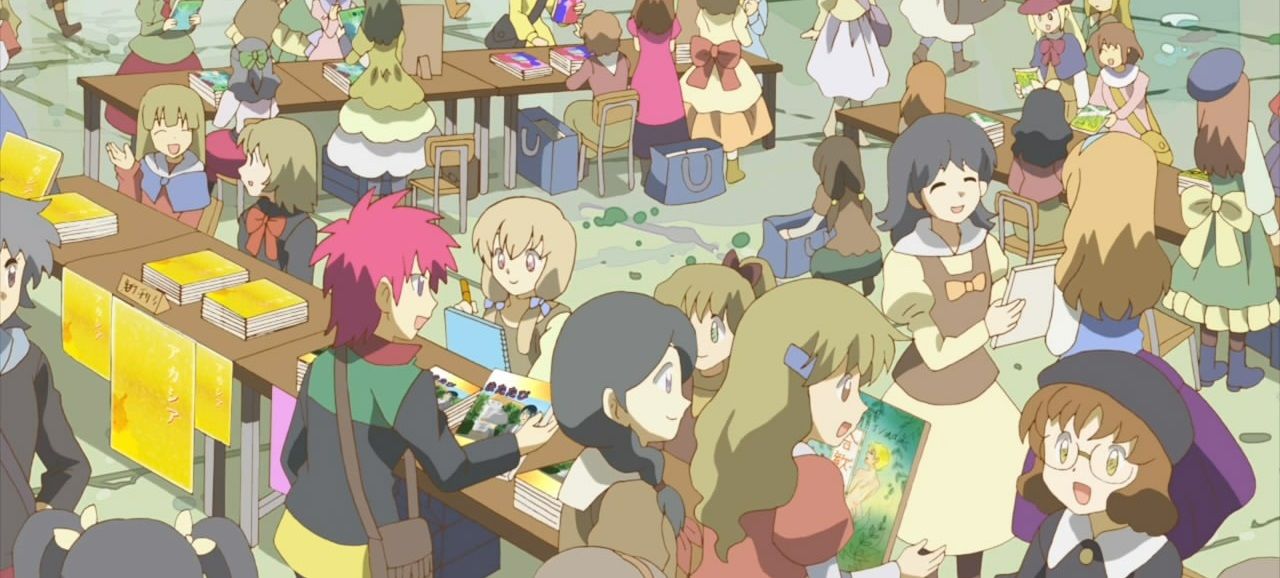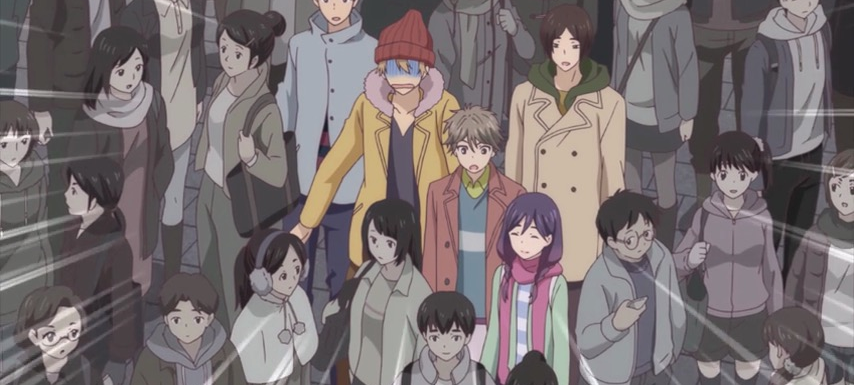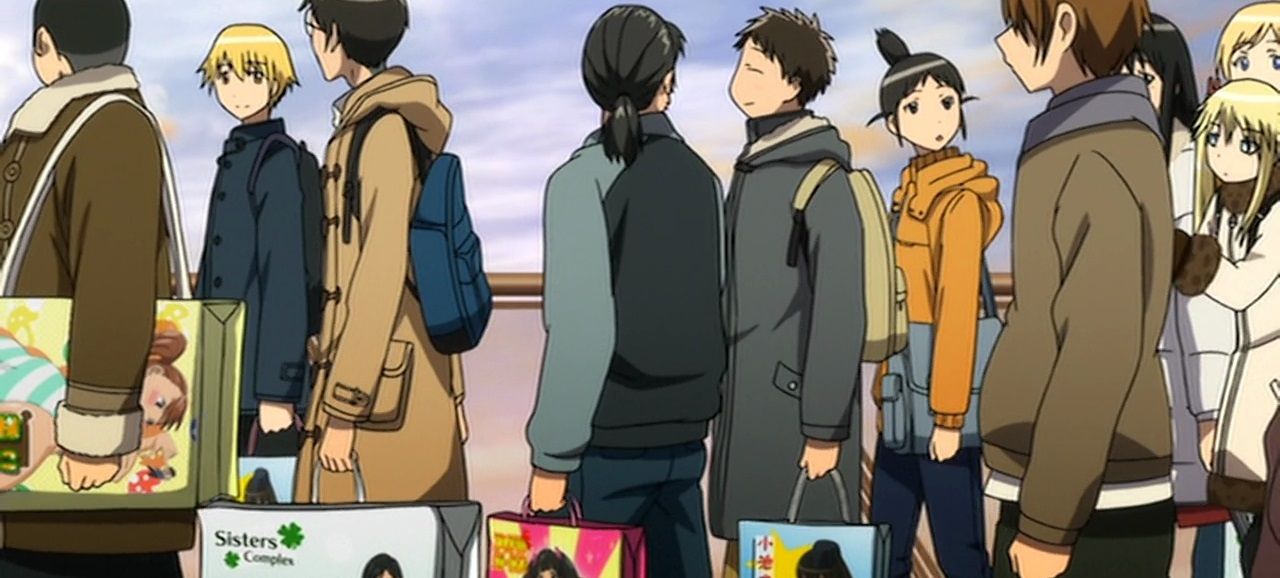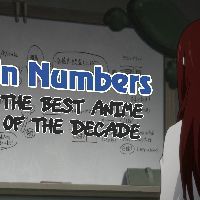What Is The Difference Between Doujinshi & Doujin?

A doujinshi is a self-published work such as a manga or artbook, and a doujin is the group that publishes it. But these days the two terms are used almost interchangeably. Today there are literally tens of thousands of doujin groups (35,000 attended 2016 Summer Comiket alone). And the total number of doujinshi published yearly can only be guessed at - it's certainly well over a million.
There's another term you'll hear a lot in relation to this topic, and that's "circle". That's the most commonly applied term in English (and sometimes Japanese) for a "doujin group". Doujin literally means "same person" and a circle is basically a group of like-minded individuals who get together to release doujinshi about their shared interest. It might be a specific series like Shingeki no Kyoujin or Haikyuu. It might be a demographic like shoujo, or it could be a theme like BL (Boys Love). There are circles specializing in Shounen Jump titles, those focused on a particular fetish (like furries), even on real-life inanimate objects like trains or ramen (yes, it's true).
Doujinshi Conventions & Comiket

Twice-yearly Comiket is a fascinating exercise - a three-day affair at Tokyo's giant Big Sight event complex organized by theme. The first two days (normally the event is Friday through Sunday, but the Winter version will move to avoid the New Year's Holiday) are dedicated to doujinshi perceived to be targeted at female fans and Touhou merchandise, with day 3 given over to comics directed at men. Comiket is also one of the largest cosplay events in the world, and almost half of the event space is filled by corporate interests from Aniplex to Nitroplus and everyone in-between.
The landscape in Japan today sees major doujin events every weekend in Tokyo and throughout the country, organized around specific themes and fandoms. While Comiket is the largest, it is by by no means the only large show - it exists as a kind of "choose your own adventure for fetishes", but those individual fetishes have smaller events dedicated to them. And then there are franchises like Touhou Project, which are nominally fan enterprises but exist somewhere in the grey area between corporate and fan-driven. Touhou has its own dedicated retail stores in Akihabara and is a huge presence in both the corporate and doujin halls at Comiket.
The Doujinshi Scene and Big Business
Make no mistake about it, anime and manga is big business. Between Blu-ray and DVD sales, merchandising, promoting sales of source material like manga and light novels and international licensing - not to mention crossovers with the idol and general recording industry - there's a lot of money being made.
But consider this. The world's largest anime and manga-related event is not staged by production companies, distributors or manga/LN publishers. No, Comiket - the bi-annual gathering in Tokyo which now draws more than a half-million people - is staged by creators of doujinshi. The industry has a presence there now, but it didn't start out that way - Comiket began as a gathering of a few dozen artists and drew only 600 attendees.
How did this tiny (and technically illegal) cottage industry grow up to become the de facto partner of the corporate anime and manga/LN universe? Like so many stories, there's an "only in Japan" quality to this one. The short answer is pretty simple - the anime industry came to see doujinshi as helpful to their business. The rising popularity of doujinshi helped to increase the popularity of the franchises they depicted. And while today many doujinshi are original material (not attached to any existing anime/manga/LN mythology or characters), it would effectively be impossible to tolerate the existence of the one while clamping down on the other.

A trip to Akihabara or Ikebukuro (or Osaka's Den-Den Town) reveals the importance of doujinshi in the everday affairs of Japan's anime industry. The top three floors of Akihabara's main drag Chuo-dori's largest retailer, Toranoana, are given over to doujinshi (the "all-ages" ones have their own floor). Other large retailers like Mandarake and Melonbooks devote much of their retail space to doujinshi. Touhou has their own dedicated retail outlet, and there are several smaller storefronts that sell exclusively doujin works.
The influence doesn't end there. Historically, many well-known mangaka and writers (such as Akamatsu Ken) have moonlighted as doujin writers, usually under assumed names. Their true identities are generally known to their hard-core fans, and this arrangement allows them to produce material (often 18+) that they would not be able to release through their publishers. In addition, there are important industry figures like KEY co-founder Hisaya Naoki who got their start as part of doujin circles (Hisaya still writes doujins today).

Perhaps most remarkable is the evolution we've seen in the relationship between doujin creators and the large studios and publishing houses. The natural connection developed organically, but the business of anime now actively seeks to use the doujin community as a "farm system". Every major player scouts out the massive doujinshi halls at Comiket, searching out talent that can potentially make them money. And doujin artists and writers head to Comiket actively seeking to draw the attention of these scouts, seeing it as a unique opportunity to advance their careers. Every Comiket sees dozens of hastily-arranged meetings between industry figures searching for mangaka and animators and independent creators looking to break in.
Perhaps as much a sign of doujinshi's increasing establishment status as anything, is the prominence it's achieved in mainstream manga, light-novels and anime. Once upon a time its existence was rarely acknowledged in official works (Genshiken is a notable exception) but today, a trip to Comiket has become almost as much a trope as an onsen episode or a school festival arc. Meta-satirical works like Ore no Imouto and Watashi ga Motetei Dousunda mine Comket for comedy, while other series like Shoujo-tachi wa Kouya wo Mezasu build their entire premise around it.
Probably the most memorable depiction of the doujin world in modern anime came from Tanaka Romeo (who also wrote Shoujo-tachi) in his Jinrui wa Suitai Shimashita novel series, splendidly adapted by AIC A.S.T.A. in 2012. While Jinrui's depiction of an entire sub-genre of BL (Boys Love) fandom from birth to absorption by the establishment was thoroughly tongue-in-cheek, its satire is spot-on - and it provides a great "Doujin 101" introduction for those unfamiliar with the phenomenon. Not coincidentally, Jinrui immediately followed it up with an equally cutting satire of the commercial manga business.
Conclusion
In summation, what started out as a ragtag guerrilla subculture has now become the establishment. These days it's hard to tell where "official" ends and "fan-created" begins - and that's exactly how the studios and publishers want it. Doujinshi have been indirect revenue generators for them for many years - all that's changed is that they've formalized the relationship. And that's a good thing for creators in the sense that some of them are seeing more revenue from their work than ever before, and even using it as a bridge to a professional career as a writer or artist.
But has something been lost here? In embracing the corporate culture of anime, has the doujin world lost its independence and creative drive? My answer would be "yes and no". Without a question doujinshi has never been more about making money and less about love of subject than it is now. But a visit to Comiket will still leave you astonished at the sheer creativity of the Japanese fan community - it's an explosion of personal expression quite unlike anything in the West. And it's an experience every anime fan should have at least once in their life (just make sure you bring a lot of water).



